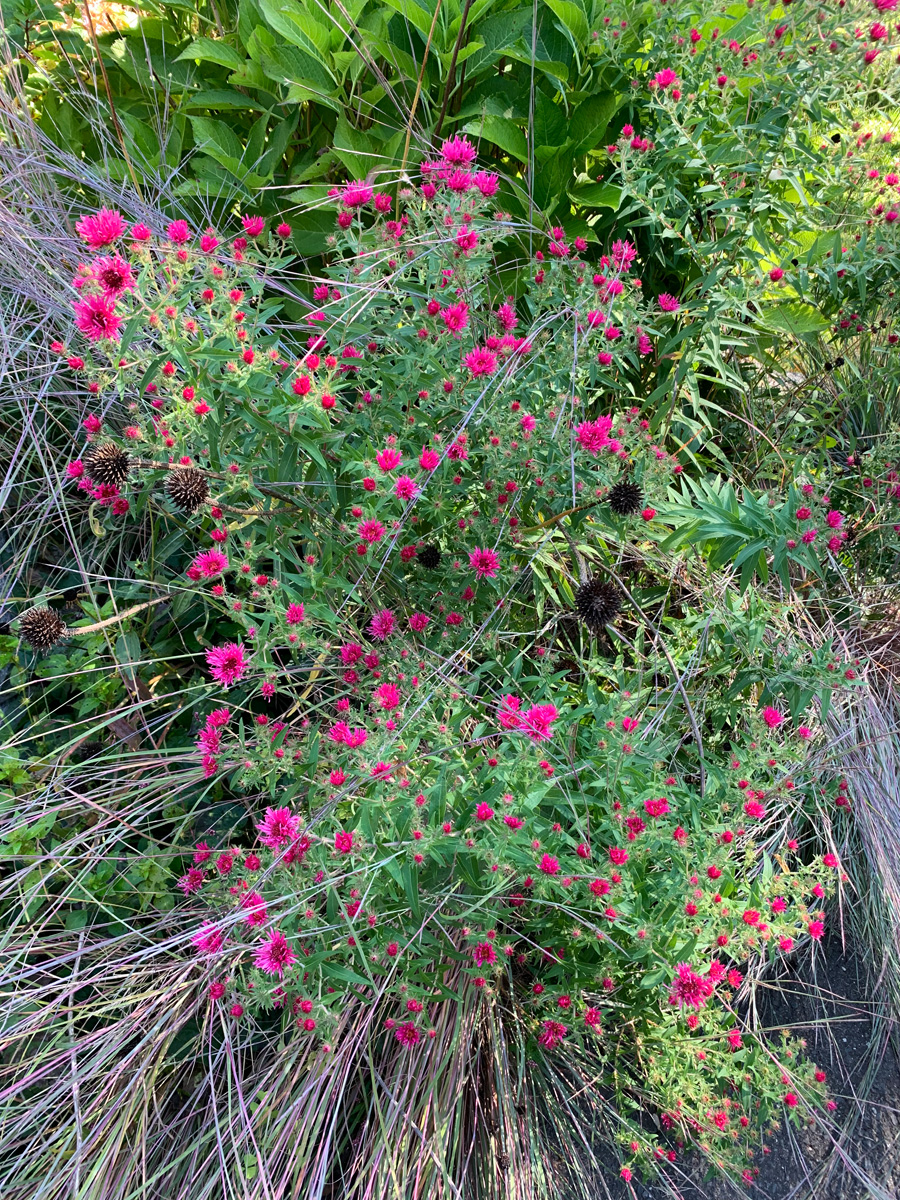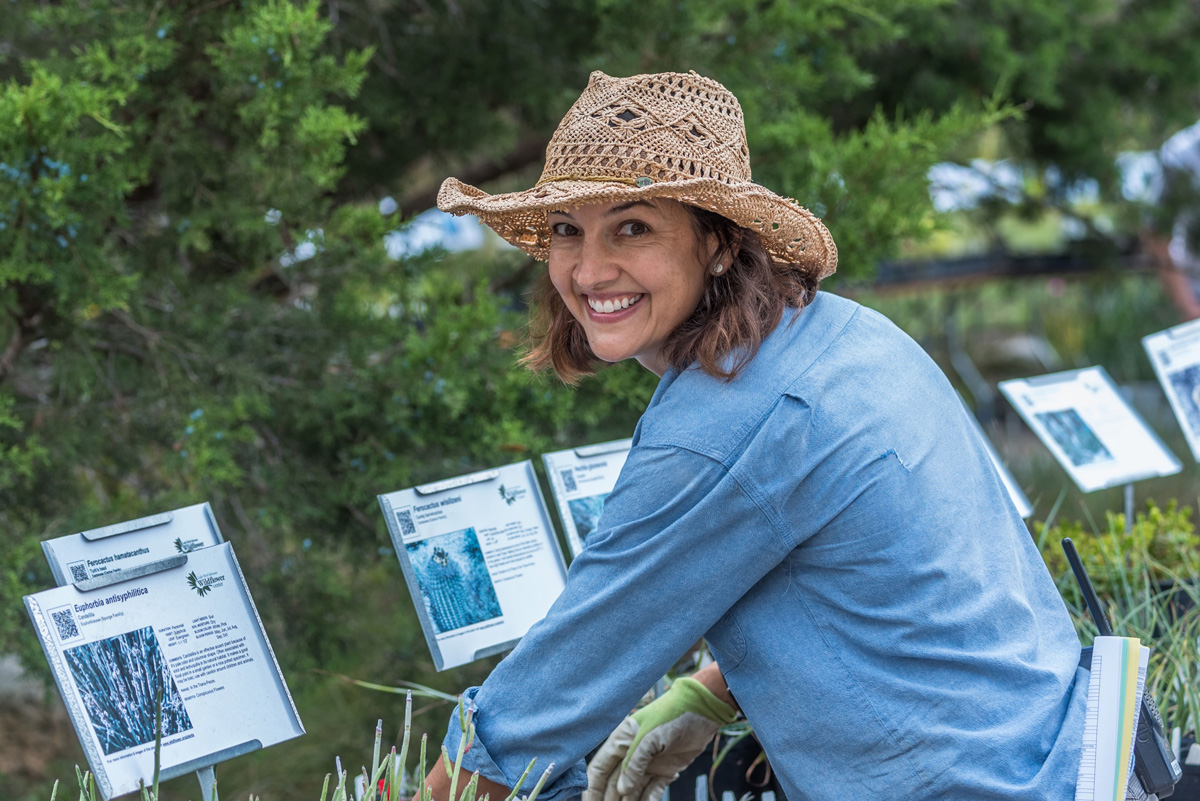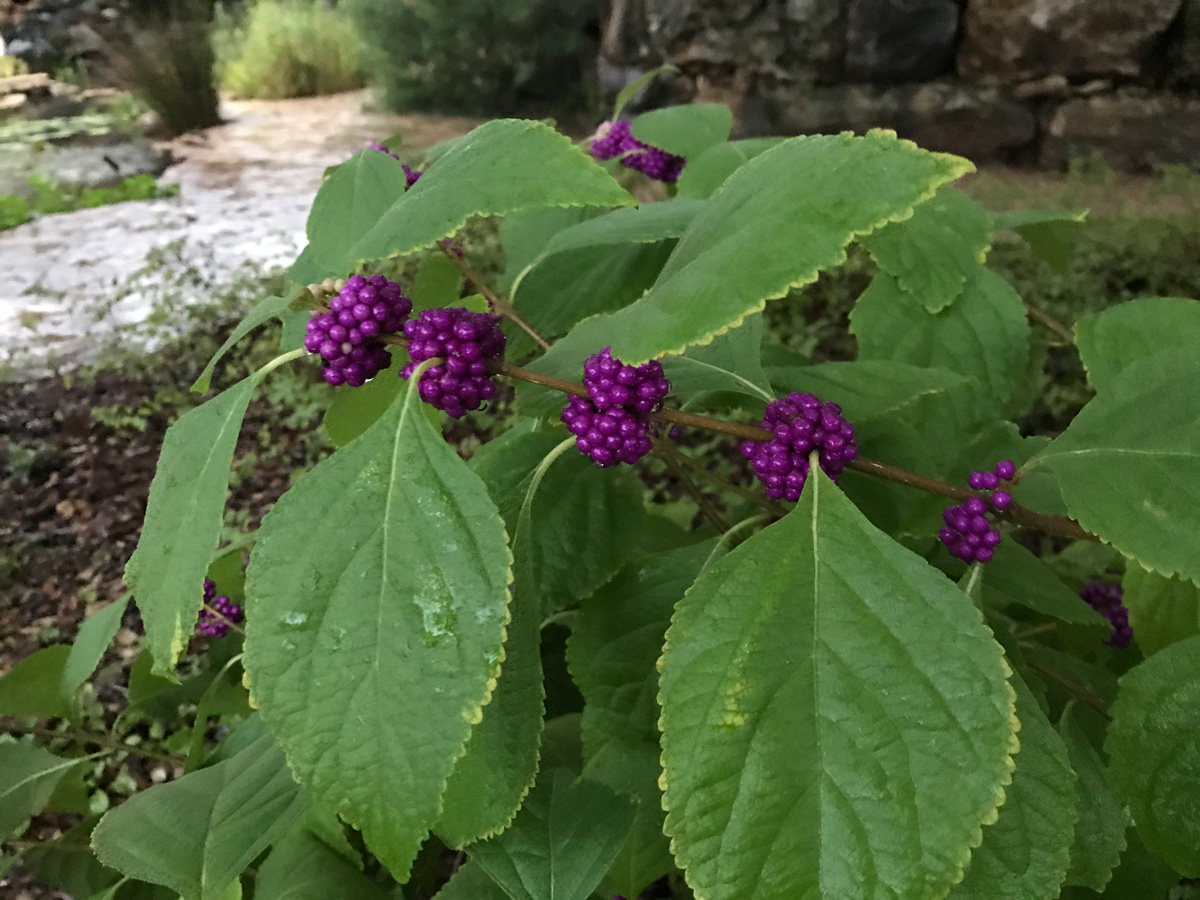When it comes to autumnal color in the garden, most of us probably think of leaves changing from green, to perhaps yellow, orange, or even red. This foliage show is a staple of the season in many parts of the country. Plants that actually bloom in fall get less attention, perhaps because they have a hard time competing with the fiery foliage of their neighbors. On today’s show, Steve and Danielle give several plants that bloom in fall their due. These perennials and shrubs save their best for last, highlighting the landscape with vibrant pinks and cool blues—hues not often associated with October.
Expert testimony: Karen Beaty, horticulturist for the Lady Bird Johnson Wildflower Center in Austin, Texas.
DANIELLE’S LIST
Resurrection lily (Lycoris squamigera, Zones 5–9)
Tatarian aster (Aster tataricus ‘Jindai’, Zones 4–8)
Wild Swan™ anemone (Anemone ‘Macane001’, Zones 5–8)
Bluebeard (Caryopteris spp. and cvs., Zones 5–9)
STEVE’S LIST
‘Fireworks’ goldenrod (Solidago rugosa ‘Fireworks’, Zones 5–9)
‘Andenken an Alma Potschke’ New England aster (Symphyotrichum novae-angliae ‘Andenken an Alma Potschke’, Zones 4–8)
‘Ginger Love’ fountain grass (Pennisetum alopecuroides ‘Ginger Love’, Zones 6–9)
Autumn crocus (Colchicum spp. and cvs., Zones 4–9)
EXPERT’S LIST
Partridge pea (Chamaecrista fasciculata var. fasciculata, Zones 3–9)
Texas gayfeather (Liatris punctata var. mucronata, Zones 5–9)
Pink muhly grass (Muhlenbergia capillaris, Zones 5–9)
American beautyberry (Callicarpa americana, Zones 5–10)

 |
 |
|
|







Expert picks—Karen Beaty
 Karen Beaty is a horticulturist for the Lady Bird Johnson Wildflower Center in Austin, Texas.
Karen Beaty is a horticulturist for the Lady Bird Johnson Wildflower Center in Austin, Texas.
Partridge pea (Chamaecrista fasciculata var. fasciculata, Zones 3–9)
Texas gayfeather (Liatris punctata var. mucronata Zones 5–9)
Pink muhly grass (Muhlenbergia capillaris, Zones 5–9)
American beautyberry (Callicarpa americana, Zones 5–10)






















Comments
I love learning about the Partridge Pea, but the tantalizing Muhly grass is not hardy in z 5/6 [from my experience].
p.s. my euonymus [that's on the list of another Region] has
been berrying in full open shade for 20 years!
Log in or create an account to post a comment.
Sign up Log in